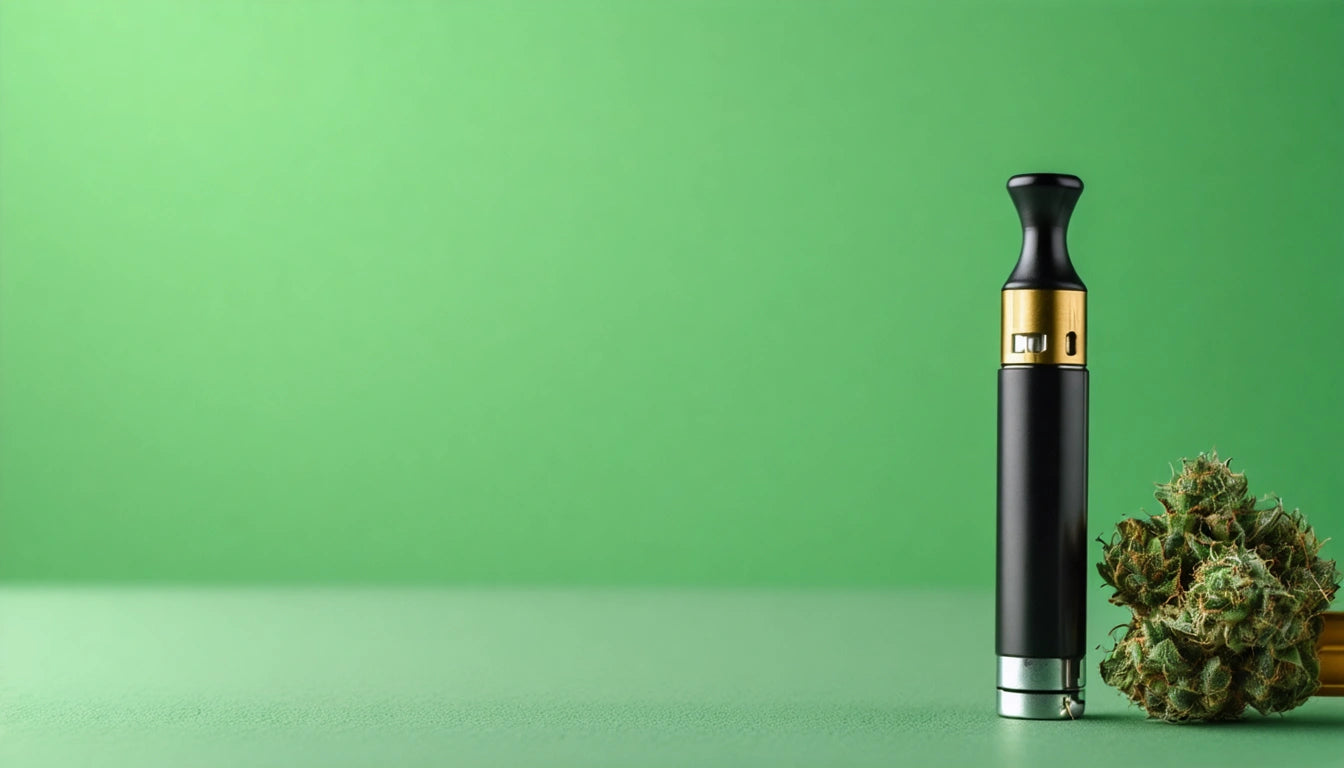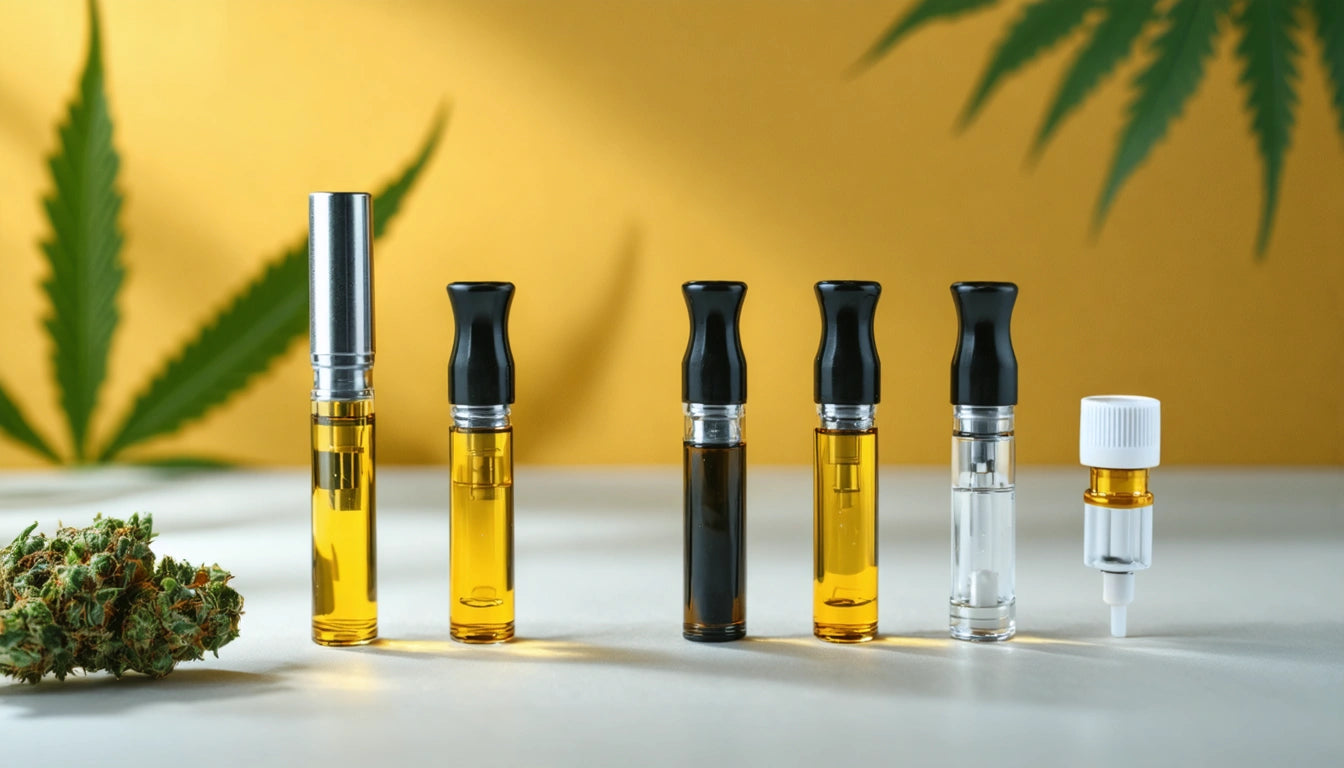Table of Contents
Everything You Need to Know About THC Cartridges: Safety, Pricing, and Usage
THC cartridges have revolutionized cannabis consumption with their convenience, discretion, and precise dosing capabilities. As these products continue to gain popularity in legal markets, consumers frequently ask questions about their safety, longevity, and proper usage. This comprehensive guide addresses common concerns and provides essential information for both new and experienced users.
What Are THC Cartridges and How Do They Work?
A THC cart, short for cartridge, is a pre-filled container of cannabis oil designed for vaporization. These cartridges typically connect to a battery-powered device that heats the oil to create inhalable vapor without combustion. Modern cartridges entered the market around 2013-2014, with significant technological improvements occurring since when THC carts came out initially.
THC cartridges contain concentrated cannabis oil with varying levels of tetrahydrocannabinol (THC), the primary psychoactive compound in cannabis. The oil may also include terpenes for flavor and additional cannabinoids depending on the extraction and formulation process. Understanding what a THC cart is and its components helps consumers make informed decisions.
Shelf Life and Proper Storage of THC Cartridges
A common question among consumers is "do THC carts expire?" While they don't have an official expiration date like food products, THC cartridges do degrade over time. Typically, a properly stored cartridge maintains optimal quality for 6-12 months from manufacturing.
To maximize how long THC carts are good for, store them:
- Upright to prevent clogging
- Away from direct sunlight
- In a cool, dry place
- Away from extreme temperatures
Signs that a cartridge may be past its prime include darkening of the oil, changes in consistency, reduced vapor production, or altered flavor. While using an older cartridge isn't typically dangerous, the experience and potency may be diminished.
Safety Concerns and Quality Assurance
Safety concerns around THC cartridges primarily relate to product sourcing and ingredients. The question "can you get a laced THC cartridge" reflects valid concerns about unregulated products. In unregulated markets, cartridges may contain harmful additives, cutting agents, or contaminants.
To ensure safety:
- Purchase only from licensed, reputable dispensaries
- Look for products with complete lab testing
- Check for proper packaging with childproof features
- Verify batch numbers and QR codes linking to test results
Many manufacturers are now using high-quality packaging solutions with tamper-evident features to ensure product integrity from production to consumption. These packaging innovations help consumers identify legitimate products and maintain freshness.
The question "are THC carts bad for you" doesn't have a simple answer. When purchased from regulated sources and used as directed, quality cartridges present minimal health risks compared to smoking. However, excessive use or products with questionable ingredients can potentially cause respiratory irritation or other health concerns.
Pricing Factors and Market Considerations
When consumers ask "how much are THC carts," they'll find prices vary significantly based on several factors:
- Potency (THC percentage)
- Oil quality and extraction method
- Brand reputation
- Cart hardware quality
- Live resin vs. distillate formulations
- Geographic location and local taxes
Entry-level cartridges typically range from $25-40 for 0.5g, while premium options can exceed $60-80 for 1g cartridges. Understanding where and how to buy THC products can help consumers navigate pricing variations across different markets.
Potency Considerations and Dosage Guidelines
The question "does a cart have THC" is straightforward for products from licensed dispensaries, which must clearly state THC content. However, potency can vary dramatically between products. When considering "how much THC is in a cart," consumers should know that concentrations typically range from 70% to over 90% THC in high-potency products.
For context, this concentration is significantly higher than traditional cannabis flower, which typically contains 15-25% THC. This potency difference means users should approach cartridges with appropriate caution, especially beginners.
Understanding THC and its various forms helps consumers make informed decisions about potency and expected effects. Regulated markets require clear labeling of THC content, usually expressed in milligrams per cartridge.
Best Practices and Future Trends in THC Cartridge Technology
For those interested in "how to make THC carts" at home, it's important to note that DIY production carries significant risks without proper equipment and expertise. Commercial extraction requires specialized equipment, strict safety protocols, and compliance with regulations.
When seeking the "best THC cart" for your needs, consider:
- Full-spectrum vs. distillate options
- Hardware quality and battery compatibility
- Terpene profiles and strain-specific effects
- Brand reputation and testing standards
- Reviews from trusted sources
The future of THC cartridge technology is moving toward improved hardware, more sophisticated extraction techniques, and enhanced terpene preservation. Innovations in dosage control and consumption guidelines are making these products more accessible to a wider range of consumers.
As regulations evolve and research expands, we can expect continued improvements in safety, efficacy, and user experience with THC cartridges. The industry's focus on transparency, testing, and quality control will likely address many of the current concerns around these popular cannabis products.











Leave a comment
All comments are moderated before being published.
This site is protected by hCaptcha and the hCaptcha Privacy Policy and Terms of Service apply.